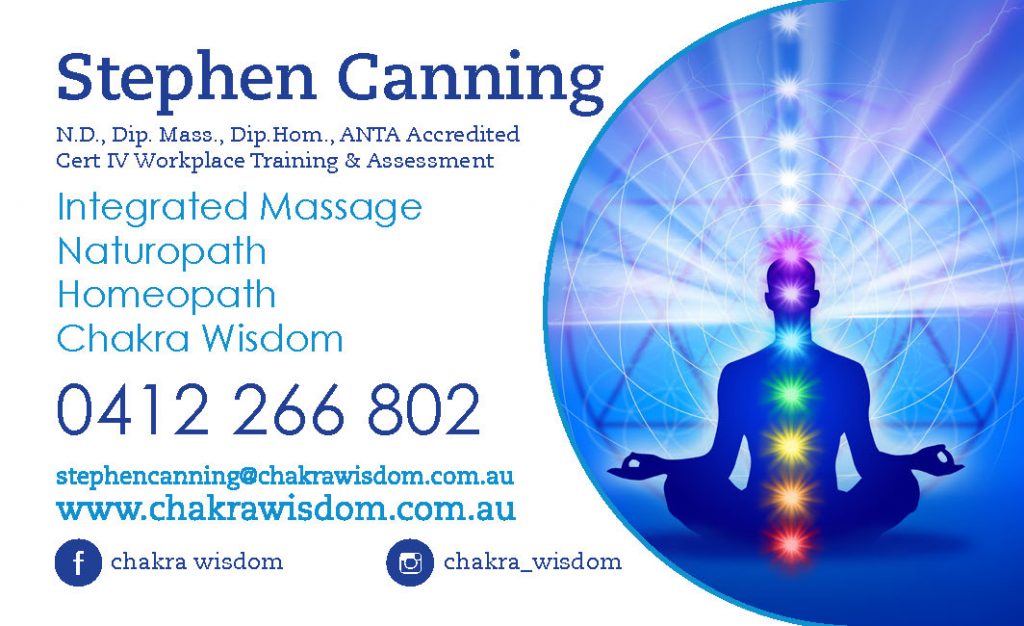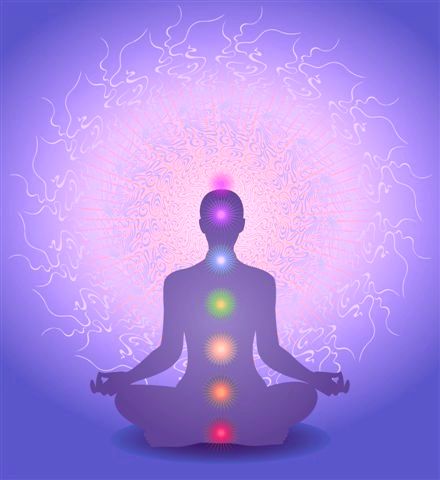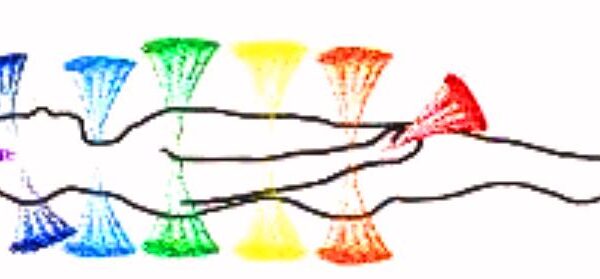Meditation
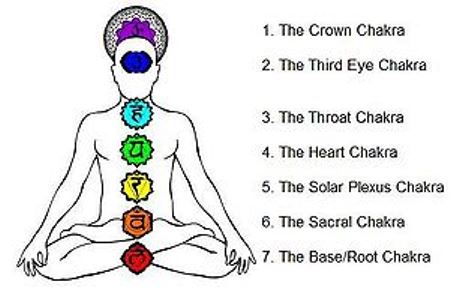 The 7 main chakras
The 7 main chakras
Meditation is one of the most beneficial techniques for facilitating mindfulness. Meditation is a word that comes from the Latin meditari which means ‘to reflect upon’, and is a word used to describe a range of practices designed to cultivate a calm, and emotionally peaceful and stable state of mind as well as encouraging mental clarity. It can also connect us with the divine essence of all existence, which leads some people to experiencing uplifting spiritual experiences. Meditation is one of the greatest ‘tools’ for balancing our chakra energy.
Meditation increases the awareness and understanding of ourselves and our thoughts and puts us in a better position to have a healthy perspective of whatever is unfolding in our lives, and we are more likely to respond to situations that come our way instead of reacting.
Sometimes the thoughts and reasoning processes we have at any given moment to our challenges may not be helping us in reducing the stress in our lives and in fact, may accentuate it. This, in turn, will impact significantly on our health and wellbeing in a negative way.
We ideally want to get to the stage where we are realising, I am not my mind, I am not even my thoughts, I am the observer of my thoughts and they are not all true! If we believe they are true, so does our body, even if our thoughts are only imaginary! Meditation reduces symptoms of stress, anxiety, depression and improves our mental and emotional stability. Meditation also ‘encourages’ our immune system to optimise and therefore protect us.
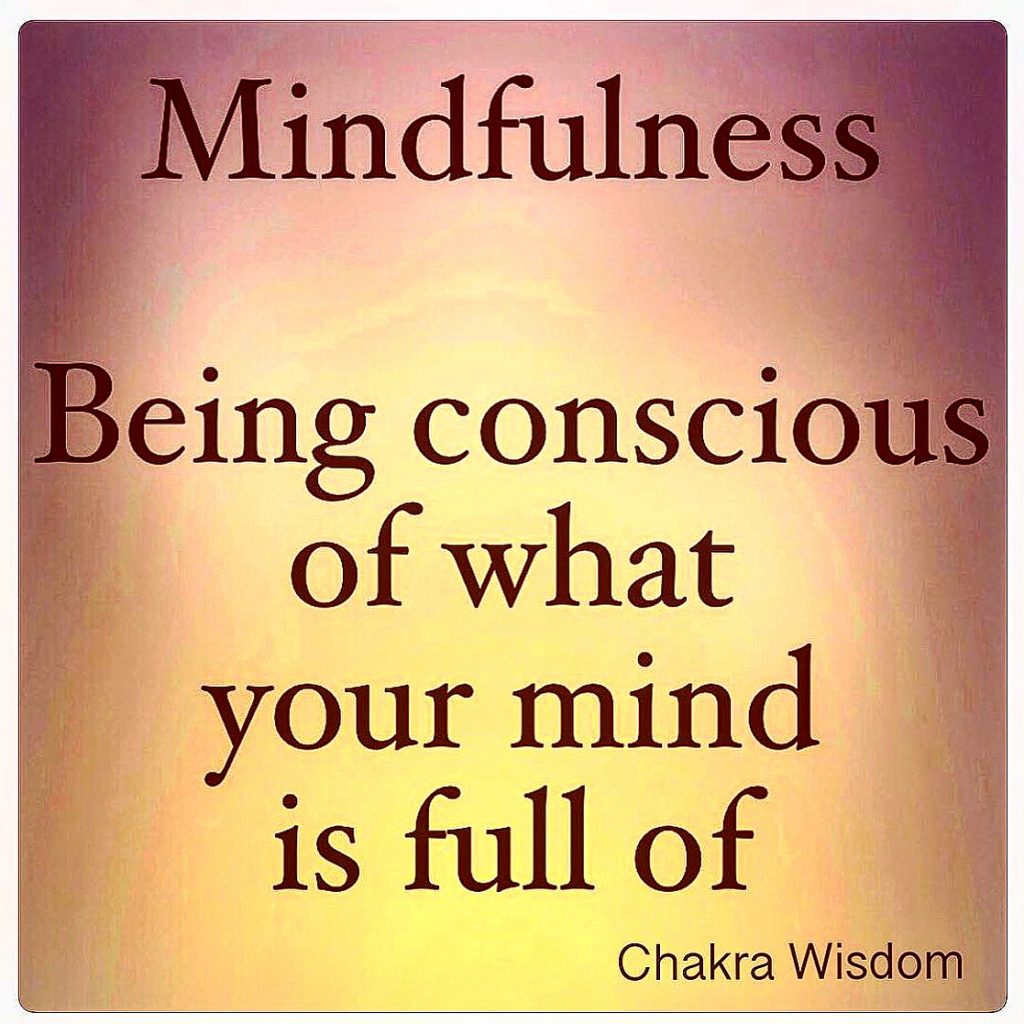
Many religions and faiths have embraced the concepts of meditation in their doctrines, including Buddhism, Hinduism, Sikhism, Taoism, Islam, Judaism, Christianity, and the Baha’i Faith. There are many meditation practices, including breath awareness, meditation, mantra meditation, chakra meditation, visualisation, and open eye meditation.
To appreciate the benefits of meditation, find a meditation technique that works for you and practice it regularly. You will then experience its rewards in all facets of your life. Meditation book recommendations are in the ‘Bibliography and Recommended Reading’ on page 78.
For beginners of meditation, it is wise to start with 5 to 15 minutes once or twice a day and build up if you want to. Many practitioners do 30 minutes or more at least once a day (Some do over 2 hours).
Regularity in meditation is the key! It is far better to do 5 minutes every day than to do a 1-hour meditation once a week.

Here are 3 examples of meditation techniques:
Breath Awareness Meditation:
1. Sit upright in a comfortable position, close your eyes, and bring your awareness to the physical sensation of your breathing, i.e., the air moving in and out through your nose or mouth and the rising and falling of your belly and/or chest. Ideally, you will breathe into your
lower lungs first and then fill the upper lungs/chest.
2. Breath slowly and deeply in for a count of between 3 to 6 seconds, then hold your breath for a count of 3 to 6 seconds and then breath out for a count of 3 to 6 seconds, (don’t force yourself to make the count too long, be relaxed), then after 1 to 2 seconds repeat this sequence.
3. When your mind wanders away from your attention to your breath and thinks of other things, gently return your focus to it. You may find your mind wandering constantly – that is normal. Just practice bringing it back time and time again to the observation of your breath.
Mantra Meditation
Mantra meditation is the ‘deepest’ meditation style. ‘Mantra’ is a Sanskrit word derived from two roots: man (mind or to think) and trai (tools or instrument). Literarily mantras are ‘tools of the mind’, or ‘instruments of thought’. In practical terms, a mantra is a word or series of words either given to you by a spiritual teacher or chosen by yourself.
The mantra chosen by you can be as simple as ‘OM’ or ‘I AM’ or longer, such as ‘I am at peace’; ‘I am calm’, ‘I am one with God’, or ‘I am relaxed’. One of the more common Hindu mantras is ‘Om Namah Shivaya’, meaning, ‘I bow to the inner self’ or ‘I bow to Shiva’. Mantras help to still the mind and encourage peace.
1. Sit upright in a comfortable position, close your eyes and look straight ahead, into the ‘darkness’ focusing on the Third Eye chakra area, (between the eyebrows) and mentally repeat your mantra at a relaxed calm pace. The Third Eye chakra is ‘gateway’ to ‘higher vibrational worlds’ which can be reached through meditation.
2. When your mind wanders away from your attention to your mantra, and starts thinking of other things, gently return your focus to it. You may find your mind wandering constantly – that is normal. Just practice bringing it back time and time again, to you observing yourself repeating your mantra.
Guided Visualisation Meditation:
Here you are guided in meditation by a trained teacher, usually with both verbal and music components, either in person or via a recording. Visualisations suggested by the teacher are often part of this process.
Extract from the ‘Chakra Wisdom Workbook’ available in the store: Click on following link – Shop
For those in the United States you can purchase book from:https://bit.ly/39ufWp8 (www.lulu.com)
Link to Chakra Wisdom Facebook page: https://www.facebook.com/chakrawisdom
